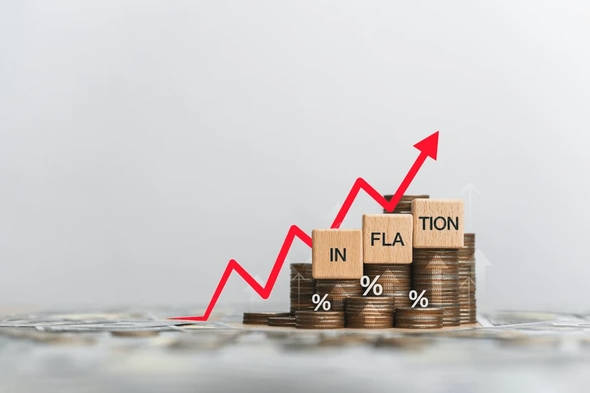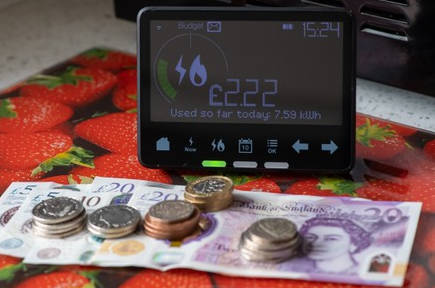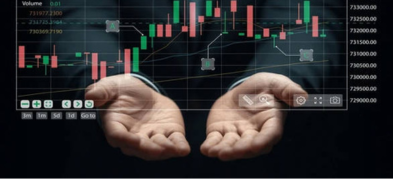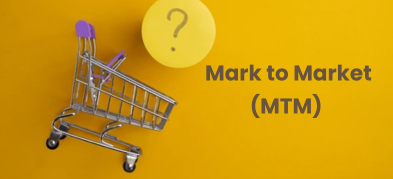
Ultima Markets App
Trade Anytime, Anywhere
Important Information
This website is managed by Ultima Markets’ international entities, and it’s important to emphasise that they are not subject to regulation by the FCA in the UK. Therefore, you must understand that you will not have the FCA’s protection when investing through this website – for example:
- You will not be guaranteed Negative Balance Protection
- You will not be protected by FCA’s leverage restrictions
- You will not have the right to settle disputes via the Financial Ombudsman Service (FOS)
- You will not be protected by Financial Services Compensation Scheme (FSCS)
- Any monies deposited will not be afforded the protection required under the FCA Client Assets Sourcebook. The level of protection for your funds will be determined by the regulations of the relevant local regulator.
Note: Ultima Markets is currently developing a dedicated website for UK clients and expects to onboard UK clients under FCA regulations in 2026.
If you would like to proceed and visit this website, you acknowledge and confirm the following:
- 1.The website is owned by Ultima Markets’ international entities and not by Ultima Markets UK Ltd, which is regulated by the FCA.
- 2.Ultima Markets Limited, or any of the Ultima Markets international entities, are neither based in the UK nor licensed by the FCA.
- 3.You are accessing the website at your own initiative and have not been solicited by Ultima Markets Limited in any way.
- 4.Investing through this website does not grant you the protections provided by the FCA.
- 5.Should you choose to invest through this website or with any of the international Ultima Markets entities, you will be subject to the rules and regulations of the relevant international regulatory authorities, not the FCA.
Ultima Markets wants to make it clear that we are duly licensed and authorised to offer the services and financial derivative products listed on our website. Individuals accessing this website and registering a trading account do so entirely of their own volition and without prior solicitation.
By confirming your decision to proceed with entering the website, you hereby affirm that this decision was solely initiated by you, and no solicitation has been made by any Ultima Markets entity.
I confirm my intention to proceed and enter this website Please direct me to the website operated by Ultima Markets , regulated by the FCA in the United KingdomStagflation vs Inflation: What Is The Difference?
When prices rise, people often ask whether it is ordinary inflation or something more serious. The difference between stagflation and inflation is not only about prices. It is about the economic backdrop behind those prices. This guide explains both terms in plain language, shows how to spot the difference, and offers a simple checklist to use when new data arrives.

Definition of Stagflation vs Inflation
Inflation is a broad and persistent rise in prices while the economy can still grow and jobs remain available.
Stagflation is inflation that appears together with weak or negative growth and a softer labour market.
Why The Difference Matters
Policy, business planning, and personal finances respond very differently to these two states. Central banks can often cool ordinary inflation by tightening policy. Stagflation is harder because measures that fight prices can hurt growth further. Knowing which one you are facing helps you read headlines with context and act more carefully.

What Is Inflation?
Inflation means the average price of goods and services rises over time, which reduces the purchasing power of money. If annual inflation is 5 percent and your weekly groceries cost 100 today, they would cost about 105 next year if everything else stayed the same.
Why central banks accept some inflation
Central banks such as the ECB aim for inflation around 2 percent over the medium term. Modest inflation is viewed as consistent with price stability and maximum sustainable employment, and it helps keep the more damaging risk of deflation at bay.
Typical backdrop
- Output grows at a steady pace
- Unemployment is low or stable
- Wages often rise as firms compete for workers
Three common inflation mechanisms
- Demand pull: spending runs ahead of the economy’s capacity, which pushes prices up as firms ration scarce inputs
- Cost push: key input costs such as energy, food, freight, or wages rise and firms pass some of those costs on
- Wage price spiral: wage gains and price rises reinforce each other when expectations become unanchored
Central banks raise interest rates or keep policy tight to cool demand and re-anchor expectations. Fiscal policy may also tighten if demand is overheating.
What Is Stagflation?
Stagflation mixes three problems at once. Prices rise. Growth stalls or contracts. The labour market softens. It feels counterintuitive because high inflation is often associated with strong growth, yet history shows this tough mix can occur when supply shocks or policy errors hit.
It is difficult because tools that fight prices can weigh on growth, while support for growth can entrench inflation.
Why it is tricky
- Tightening policy can slow growth further
- Easing policy can feed inflation
- The trade off becomes more difficult than in a normal cycle
Understanding both states separately makes the next comparison more intuitive.
Stagflation vs Inflation Key Differences
| Feature | Inflation | Stagflation |
| Prices | Rising | Rising |
| Growth | Positive or steady | Flat or negative |
| Labour Market | Tight or stable | Softening or rising unemployment |
| Policy Trade Off | More manageable | Difficult two way trade off |
| Business Pricing Power | Often firm | Often weak |
| Market Mood | Can remain constructive | Tends to be cautious |
How To Tell Stagflation vs Inflation From Data
Use these four lenses together. One indicator on its own can mislead.
- Prices
Are headline and core inflation rising year over year - Growth
Are quarterly GDP and business surveys pointing to expansion
Are manufacturing and services PMIs near or above 50 - Jobs
Is unemployment low or falling and are payrolls growing
Are wage gains broad based - Expectations
Are medium term inflation expectations near target or drifting higher
If prices rise while PMIs and GDP hold up and unemployment is low, conditions fit inflation. If prices rise while PMIs contract, GDP stalls, and unemployment trends higher, the mix leans stagflation.
Once you can diagnose the environment, it helps to know what usually creates it.
What Usually Causes Stagflation And Inflation

Reasons that cause inflation
- Demand pull from strong spending and easy credit
- Cost push from energy, shipping, or imported inputs
- Wage price dynamics when expectations become less anchored
- Currency weakness that lifts import prices
Reasons that cause stagflation
- Negative supply shocks that lift costs and squeeze output
- Policy mistakes that allow inflation to persist as growth slows
- Structural frictions such as weak productivity and rigid product or labour markets
History adds context, so let us connect these causes to what has happened before and what is different now.
Stagflation vs Inflation Then And Now
In past episodes, large supply shocks pushed prices up while activity weakened. Modern inflation targeting, deeper capital markets, and more flexible supply chains can reduce pass through compared with earlier decades. Even so, energy or logistics shocks can still complicate policy and strain household budgets. The lesson is to diagnose the shock type first, then align the policy mix rather than reacting to the headline number alone.
With the backdrop in place, here is how each environment feels on the ground and how markets typically respond.
How Stagflation vs Inflation Affects Households Businesses And Markets
Households
Inflation erodes purchasing power, but strong labour markets and wage growth can cushion the hit. Stagflation cuts real incomes faster and weakens job security.
Businesses
Under inflation, firms with pricing power can pass some costs on and defend margins. Under stagflation, demand softens while costs stay high, squeezing margins and delaying investment.
Markets And Policy
Rates and bonds: In inflation, shorter duration reduces rate sensitivity. In stagflation, quality and liquidity matter more as both growth and price risks rise.
Equities: In inflation, earnings resilience and pricing power help. In stagflation, investors often prefer strong cash flow and defensive balance sheets.
Real assets: Inflation linked bonds and selective commodities can help preserve purchasing power in both environments.
To keep this relevant for European readers, a compact watchlist helps you track conditions without relying on a single release.
Europe Watchlist For Stagflation vs Inflation
- Core inflation trend and trimmed mean measures
- Wage settlements and negotiated pay growth
- Services and manufacturing PMIs
- Unemployment rate and participation
- Energy prices and freight costs
Conclusion
Both stagflation and inflation include rising prices. The key difference is the growth and jobs backdrop. Use the four lens checklist to read new data in context. Keep internal links tight so readers can move from quick definitions to deeper explainers without losing the thread.
Disclaimer: This content is provided for informational purposes only and does not constitute, and should not be construed as, financial, investment, or other professional advice. No statement or opinion contained here in should be considered a recommendation by Ultima Markets or the author regarding any specific investment product, strategy, or transaction. Readers are advised not to rely solely on this material when making investment decisions and should seek independent advice where appropriate.












